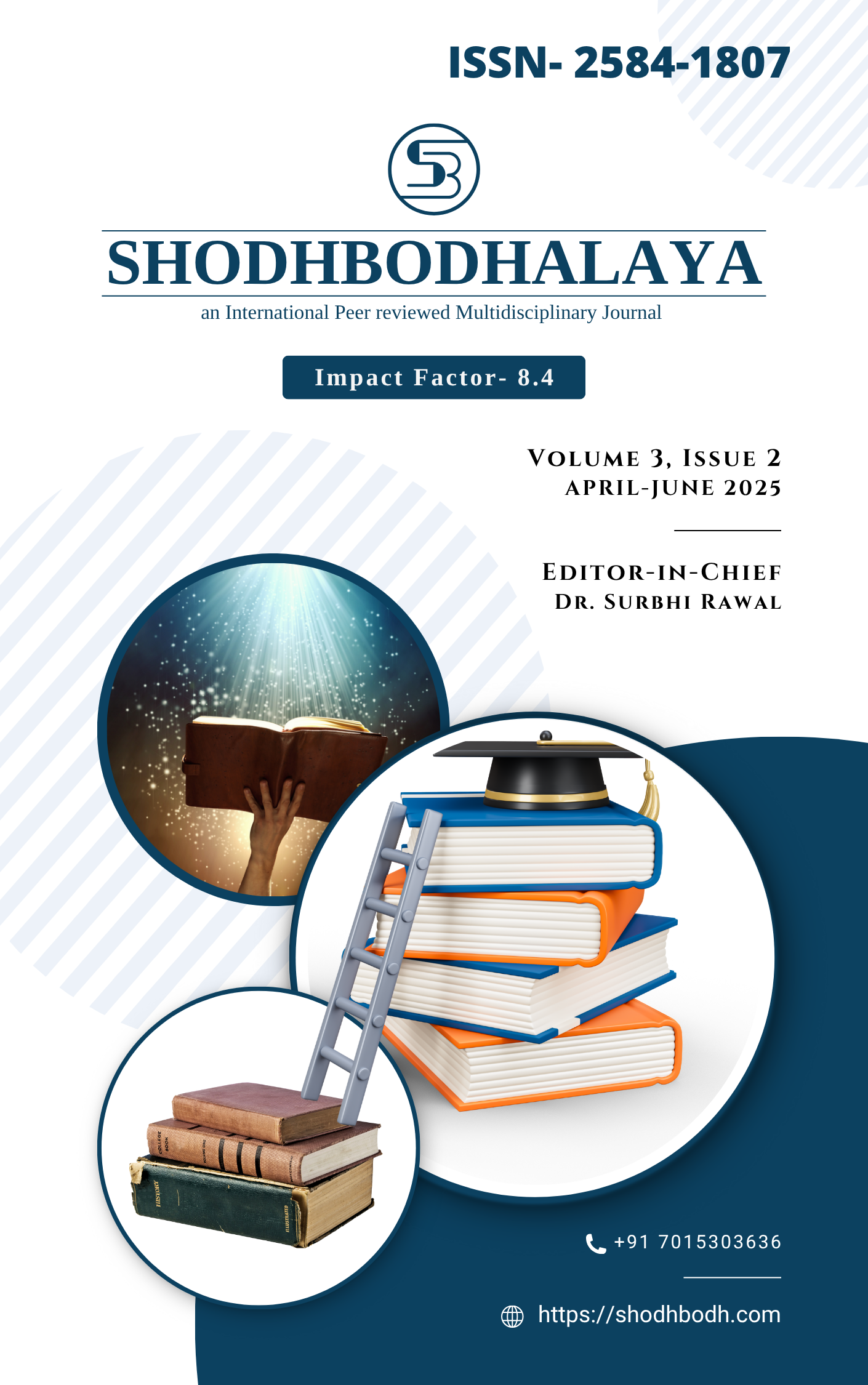Assessment of Phytoplankton and Zooplankton Diversity as Bioindicators of Water Quality in Surface Water Resources of Mahendergarh District, Haryana
Keywords:
Phytoplankton, Zooplankton, Water Quality, Bioindicators, Eutrophication, Aquatic EcosystemsAbstract
This study aims to assess the diversity of phytoplankton and zooplankton in three major surface water bodies—JLN Canal, Chalak Nala, and Khatoti Khurd Pond—located in Mahendergarh district, Haryana, over a two-year period (2022–2024). Water samples were collected seasonally, including pre-monsoon, monsoon, and post-monsoon seasons, to examine the relationship between plankton diversity and the water quality of these aquatic ecosystems. The diversity of algae was analyzed across four major groups: Chlorophyceae (green algae), Cyanophyceae (blue-green algae), Bacillariophyceae (diatoms), and Euglenophyceae (euglenoids). In parallel, the zooplankton diversity was analyzed in groups such as Rotifera, Cladocera, Protozoa, and Copepoda. The study found that Chalak Nala (Site 2) exhibited the highest diversity and abundance of both phytoplankton and zooplankton, indicating nutrient-rich and eutrophic conditions. In contrast, JLN Canal (Site 1) exhibited the lowest diversity, pointing to relatively better water quality. The seasonal variations were evident, with higher plankton populations in the pre-monsoon season, correlating with elevated temperature and nutrient availability. The results emphasize the importance of monitoring plankton communities as bioindicators of aquatic ecosystem health and water quality. The findings also suggest the need for effective water quality management strategies to prevent further degradation of these valuable water resources.










